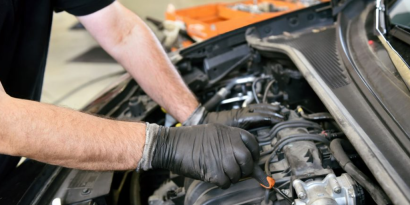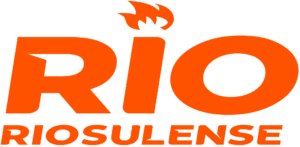In the day-to-day running of an auto parts store, we know that it is quite easy to get caught up in the rush and end up leaving aside some of the more strategic aspects of the business. However, it is important to take some time to plan some actions and thus ensure the store’s long-term success. Especially when we think about customer relationships!
After all, those are the basis of your revenue and are largely responsible for building your reputation in the market. Furthermore, everyone knows that attracting new customers is much more expensive than retaining the ones you already have, so it doesn’t do any harm to keep an eye on the indicators that show the level of satisfaction of these consumers, right?
That’s why, today, we’ve prepared a list of four of the main customer relationship thermometers that deserve extra attention. Keep up with us!
List: 4 customer relationship indicators to keep on your radar
For an auto parts store, having a solid and consistent customer relationship is essential to ensure good loyalty rates and, of course, sustainable business growth. And, in most cases, this rapport with customers can be measured through four key indicators, namely:
1 – Customer retention rate
In practice, the retention rate represents your auto parts store’s ability to retain existing customers over time. This is because loyal consumers tend to spend more, providing consistent revenue, and are also more likely to recommend your store to others, which can expand your base.
To calculate this index, you need to determine how many customers return to your store to make repeated purchases during a specific period — which could be a year, a semester, or a month, for example. It is an essential indicator for evaluating the effectiveness of loyalty strategies, such as rewards programs, progressive discounts, and exceptional service.
2 – Customer reviews and feedback
Satisfaction reviews are direct channels into the experience people have when they come to your store — who here has never Googled customer ratings and comments before closing a deal, right? Positive reviews contribute to building a good reputation and can attract new customers, while constructive feedback provides valuable information for internal improvements.
To raise this customer relationship indicator, you should encourage your audience to leave reviews on relevant online platforms, such as Google My Business, social media, and your own website. In addition, try establishing a system to collect feedback after each purchase, whether through satisfaction surveys or online forms.
3 – Service response time
Many people often overlook this indicator, but it is important to keep in mind that customer service response time is a key indicator of the efficiency of your service. Customers value fast and effective service, so a long wait time can lead to frustration and dissatisfaction.
In addition, to ensure that this indicator is always positive, you should schedule some time in your calendar just for answering emails, social media messages, chats, and phone calls made by your clients. This makes it easier to set goals to keep response times within acceptable limits, providing high-quality service and optimizing customer relationships!
4 – Sales conversion rate
This is one of those cases where the very name already speaks for itself. The sales conversion rate indicates, in practice, the effectiveness of your sales and customer service strategies. In other words: A high conversion rate means that most visitors to your store become customers, which is crucial for business growth.
Carrying out this survey is not always easy, even though the formula is quite straightforward: Simply calculate the conversion rate by dividing the number of sales by the total number of visitors to the store, and multiplying this result by 100 to obtain the percentage. To improve this metric, it is important to optimize the customer experience, from browsing the website to completing the purchase.
Remember that these indicators should not be evaluated independently! This is because they are all complementary, and only provide valuable information when analyzed together. By closely monitoring these metrics and making decisions based on the insights you get from them, you will be investing in building a good customer relationship, which, in turn, will drive the long-term success of your auto parts store.
And remember: Supplying high-quality spare parts is the first step in building good relationships!
Being extra careful to ensure that your store only offers high-quality replacement products with guaranteed origin is already halfway along the customer loyalty journey. After all, customer satisfaction is closely linked to the reliability of the service provided.
That’s why RIO works with a complete replacement catalog, covering brands and models from virtually all manufacturers on the market and ensuring the highest safety and production parameters in each of the more than 5 thousand items available. Check out our portfolio, stay tuned for our latest news, and count on us to build a lasting and consistent customer relationship!





